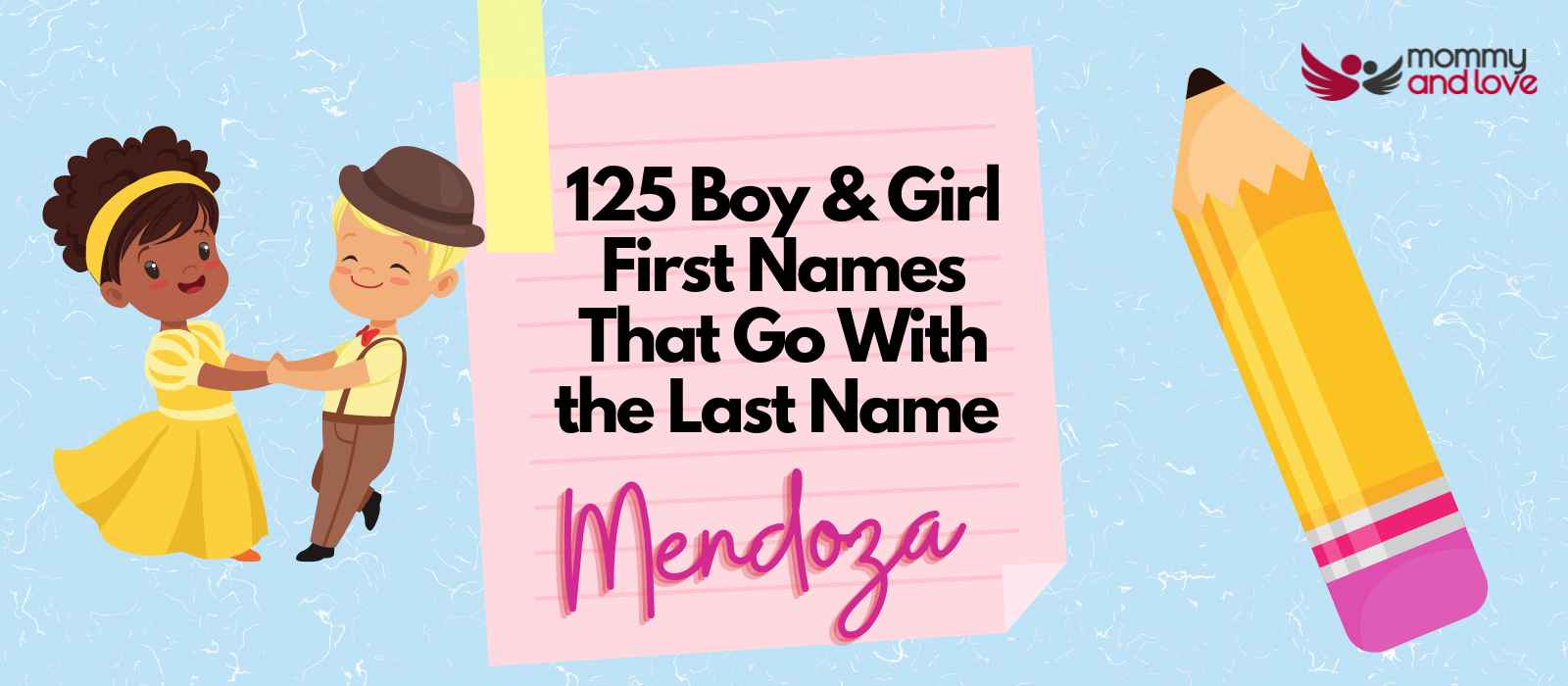If you want to grow strong and healthy plants, you need to thin your seedlings! If you skip this important gardening step and let nature take it’s course… that is fine… but you will most likely end up with weaker plants that produce smaller harvests. Since you are here reading this, I assume you want to reap the most benefits of all your gardening efforts and time spent down in the Earth!
Quick Confession: I actually dread thinning seedlings because I find it really unfortunate to rip out a plant that worked so hard to grow from a tiny seed into a young plant. It finally grows its first pair of true leaves, and then, I step in and destroy it! Nonetheless, it needs to be done. If you feel that sad about it, you can save the best plants to replant and feed the rest to the chickens… like I did!
(I can’t be the only one who feels slightly upset about ending a plant’s life… Right!?)
All You Need to Know About Thinning Seedlings
What does thinning mean?
Thinning seedlings means to remove all or part of a plant to make room for the growth of others.
In the case of tomato and pepper seedlings, I remove the entire plant. Depending on the type of tomato, usually larger varieties, some people will thin the smallest fruit so the plant can direct more energy towards improving the quality of the remaining plants.
Why?
You can give your plant the correct amount of sunlight, water and nutrients but if you don’t give them enough room to grow, they will not be able to thrive. They will compete for nutrients and you will be left with two smaller plants, instead of one large, healthy plant.
I have done my fair share of gardening experiments… letting my little garden patches grow thick and wild due to lack of space. I’ve also had many peppers plants produce only 1 or 2 peppers for the entire season, when they should be producing significantly more. I guess I like to learn the hard way…!
When?
It is best to thin seedlings after the first pair of true leaves emerge. The first set of leaves are actually the cotyledon, or the seed leaf, so the true leaves will look like the second pair of leaves.
Thin your plants early on to avoid root entanglement. You will be less likely to damage the roots of the remaining plant.
How?
Pick the weakest plant and uproot it by gently pulling it out of the soil using your fingers. The weakest plant may be smaller and/or have leaf discoloration or holes.
Leave one healthy plant per container.
What to do with uprooted plants?
Don’t let them go to waste.
If you have more garden space, replant the biggest plants that still have their roots intact. You can feed the sprouts to your chickens or any other veggie loving animal. Or, simply toss them in your compost to help fuel the soil with nutrients for next year’s garden!
The bottom left pepper and tomato plants were recently transplanted into new coconut fiber pots after thinning.
Funny story & experimentation: Trespassing to steal back my perennials!
During this past winter, I moved into my first house. I had previously planted some perennials and due to poor planning and moving in the snow, I was unable to uproot some of my favorite plants – orange mint, french sorrel and oregano – to bring with me!
WELL, I recently drove through my old trailer park to see if anyone was living there. I don’t think anyone was… I found that my old garden patch was mowed over, but sure enough, my perennials were already growing wildly! I quickly grabbed as many plants as I could to replant at my new home! The ground was pretty hard though, and it was a last minute idea… so I just haphazardly ripped out what I could.
Top: Orange Mint Bottom, Left: Oregano Bottom, Right: French Sorrel
I did absolutely no research on the best way to transplant perennials so this is a true trial and error type of experiment. I highly doubt the french sorrel will survive because I just planted some leaves in the soil… But I am hopeful that the oregano and orange mint will survive the shock. At least I could see roots at the bottom of those stems, unlike the french sorrel.
With a little patience and nurturing, we will see what happens!
Happy Gardening everyone! What stage of gardening are you at right now?
Let no plant go to waste!




